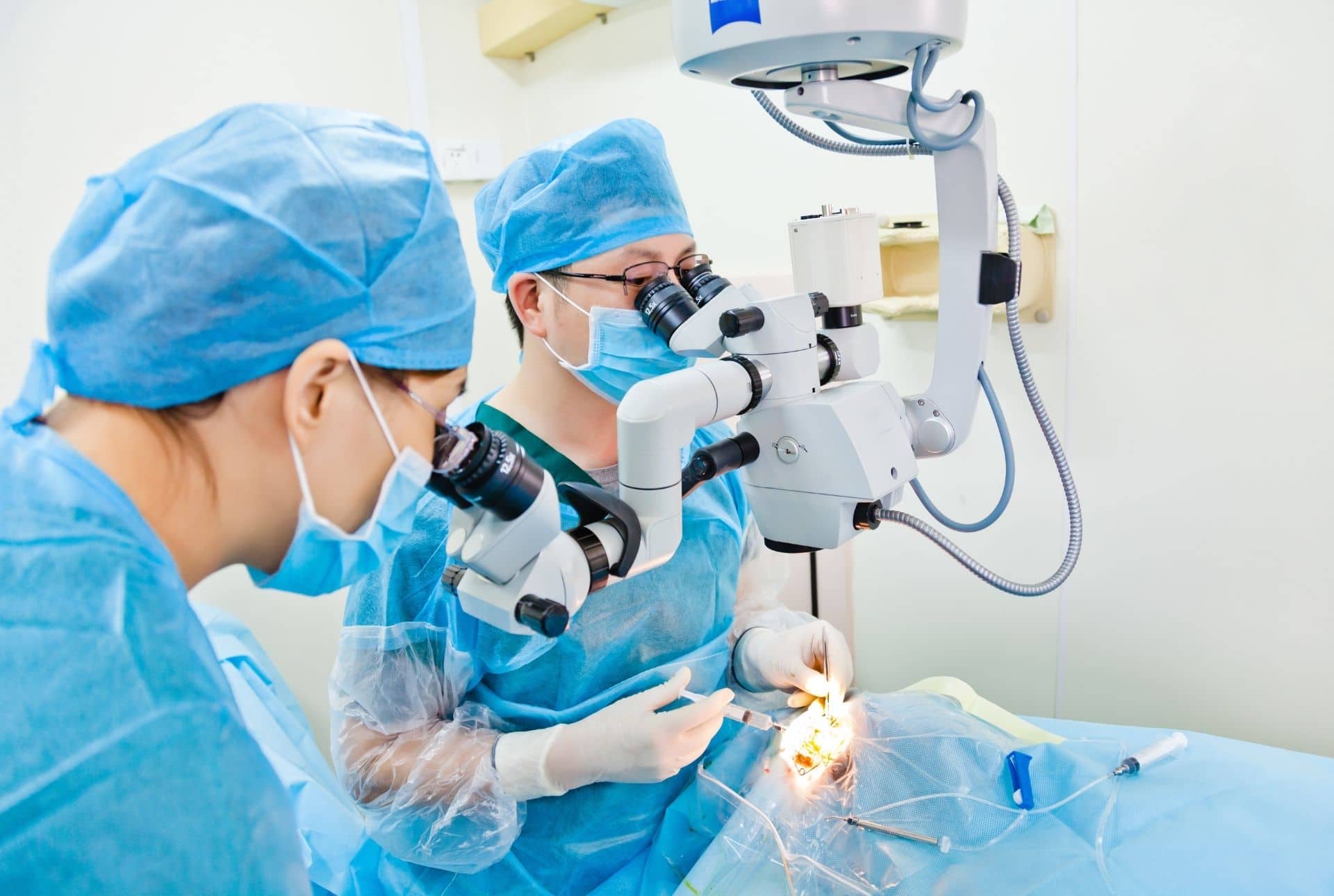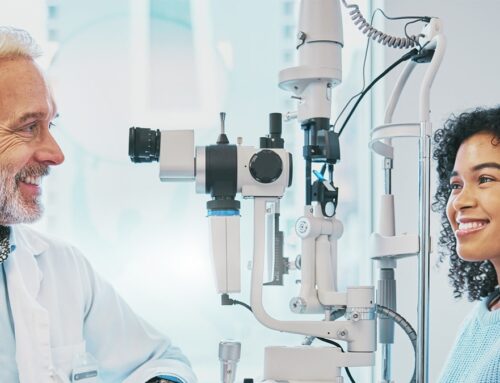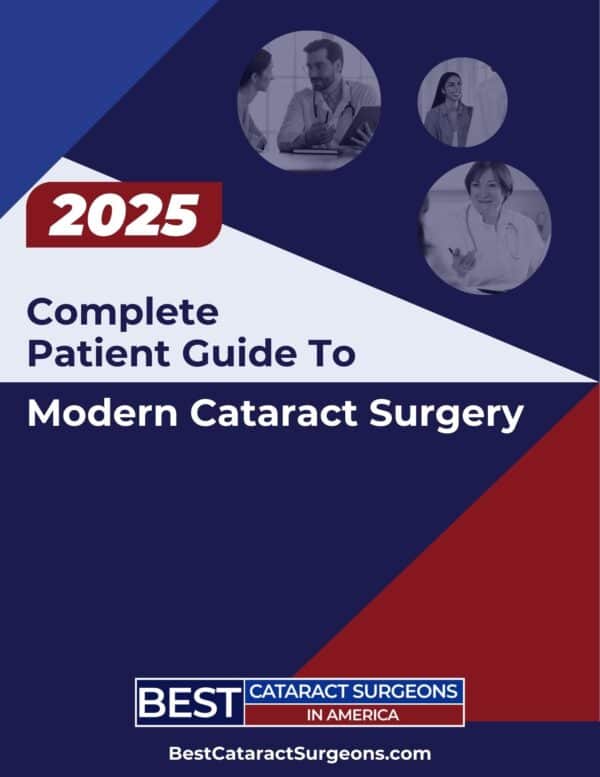We get the question of how are cataracts removed all the time. The best way to treat cataracts is through surgery. During cataract surgery, the clouded lens that has been affected by a cataract is removed, and then the doctor will replace it with a clear artificial lens making you see clearly once again. There are several surgical methods that the doctor might choose to use to remove the lens, and in many cases, it will depend on the type of cataract you have.
Cataract surgery has been performed with one technique or another for hundreds of years. Fortunately, older techniques, which have more risks, are not used anymore. The basic steps of the surgery include the following:
First, a small incision is made in the cornea between 2-3 millimeters. The eye is filled with a jelly called viscoelastic so that the watery fluid that fills the eye can’t run out during the surgical maneuvers. This jelly helps to stabilize your surgeon’s working space. The cataract can be thought of as an M&M candy. The cataract is actually the chocolate on the inside that needs to be removed. The cataract is held in place by a wrapper, that is analogous to the candy shell. A circular opening is made in the candy shell. The chocolate is then removed. Your new lens implant is folded like a burrito and is inserted into the candy shell where it unfolds. The candy shell then holds it in place for the rest of your life.
The entire procedure takes approximately 10 minutes. Several of these steps can be performed nowadays with a laser. The laser is more precise and consistent than the human hand can ever be which can make for safer surgery.
When Do You Need To See A Cataract Doctor Or Surgeon?
Many people take too long to see a doctor when they notice symptoms that occur gradually and might initially not seem severe. It is, however, vital that you make sure you have an appointment with the eye doctor regularly, and this way, it will be easy for you to identify cataracts before they progress and cause too much damage to your eyes.
Although you have some symptoms, you must see a doctor immediately after you notice the following:
- When you are having cloudy or blurry vision on both or one eye because this may show that the cataract is progressing and covering your lens.
- When you notice that you have double vision
- If your vision is getting dimmer as time goes by.
- Suppose you have increased sensitivity to bright light or glare. This is easy to notice, especially if you are driving at night because the oncoming cars will shine light which you might feel sensitive to.
- Difficulty in seeing or driving, especially at night
- When you have yellowish or fading color visions
- If you see halos around lights
- If you wear prescription glasses, you may need frequent lenses more than you always do.
When you have any of these symptoms, you need to see the doctor so that you can have your eyes checked. The eye doctor will know when to recommend surgery so that you can have the cataract removed and you can see okay again.
It is crucial to keep monitoring any eye condition you have so that it is easy for the doctor to diagnose any condition you have and advise on the best course of treatment. Some of these age-related conditions are difficult to know if you do not see a doctor, and it is not recommended that you self-diagnose or do anything to try and take care of the condition before you see the eye doctor.
By the time the doctor recommends surgery, you should know that you might have had the condition for a while, and it might permanently affect your vision. Sometimes, you may have a condition for years, and if you are not keen, you may lose your sight completely. Even if your vision is good with the cataract, you need to listen to your ophthalmologist because it may be progressing.
When evaluating what to look for in a surgeon, there are many things to consider.
Risks Of Surgery
Even though this procedure is outpatient and common with many people of a certain age, you should know that it also comes with certain risks which you need to look out for:
- Infection in the eye after surgery
- Inflammation
- Bleeding
- Swelling of the eyes
- Drooping eyelids
- Retinal detachment
- The artificial lens used to replace your lens might dislocate
- You might develop glaucoma
- You might get secondary cataract
- Loss of sight
Although not common, these are some of the risks you face, and the doctor will tell you which ones are more common and which ones should worry you if you notice them after your surgery. Like any other procedure, if you catch it early and get the surgery early enough, the risks are lower, but if you wait for the condition to be too severe, you will have higher risks.
Ensure that you talk to your doctor about any other condition you may have and any allergy you have and answer any questions you are asked truthfully. This will help them determine if it is safe for you to get the surgery and when you need to have it.
Sometimes the surgery might not work as you expect because of any underlying conditions. The eye doctor will determine the type of lens they will implant in your eye, and the lenses will improve your vision.
If you do need to find a surgeon, you can use our surgeon finder here to find the best in your area.











